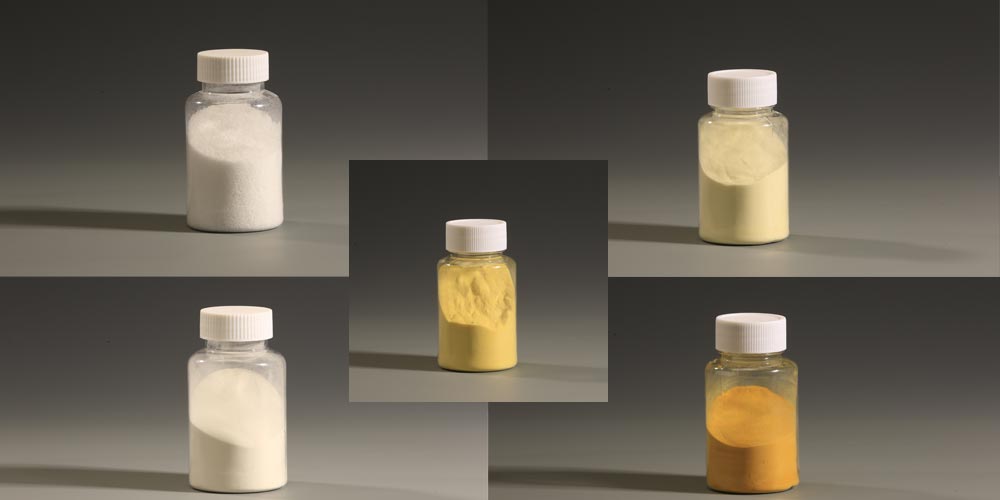Hauv kev kho dej phwj tuaj, siv tus neeg saib xyuas dej huv ib leeg feem ntau tsis ua tiav cov txiaj ntsig. Polyacrylamide (PAM) thiab polyaluminum chloride (PAC) feem ntau siv ua ke hauv cov txheej txheem dej. Lawv txhua tus muaj cov yam ntxwv thiab kev ua haujlwm sib txawv. Siv ua ke los tsim cov txiaj ntsig zoo dua.
1. Polyaluminium chloride(PAC):
- Lub luag haujlwm tseem ceeb yog raws li coagulant.
- Nws tuaj yeem cuam tshuam cov nqi ntawm cov khoom raug tshem tawm hauv dej, ua rau cov khoom sib sau ua ke los ua cov flocs loj, uas ua rau muaj kev cuam tshuam sedimentation thiab pom.
- Haum rau ntau yam dej zoo thiab muaj txiaj ntsig zoo ntawm kev tshem tawm turbidity, xim thiab organic teeb meem.
2. Polyacrylamide(PAM):
- Lub luag haujlwm tseem ceeb yog flocculant lossis coagulant pab.
- tuaj yeem txhim kho lub zog thiab ntim ntawm floc, ua kom yooj yim rau kev sib cais ntawm dej.
- Muaj ntau hom xws li anionic, cationic thiab non-ionic, thiab koj tuaj yeem xaiv hom tsim nyog raws li koj qhov kev xav tau kev kho dej.
Cov nyhuv ntawm kev siv ua ke
1. Txhim kho cov nyhuv coagulation: Kev siv ua ke ntawm PAC thiab PAM tuaj yeem txhim kho cov nyhuv coagulation. PAC ua ntej neutralizes cov khoom raug tshem tawm hauv dej los tsim cov flocs ua ntej, thiab PAM ntxiv txhim kho lub zog thiab ntim ntawm cov flocs los ntawm kev sib txuas thiab adsorption, ua rau lawv yooj yim dua los kho thiab tshem tawm.
2. Txhim kho kev kho kom zoo: Siv ib qho PAC lossis PAM yuav tsis ua tiav cov txiaj ntsig kev kho mob zoo tshaj plaws, tab sis kev sib xyaw ua ke ntawm ob tuaj yeem muab kev ua si tag nrho rau lawv cov txiaj ntsig zoo, txhim kho kev kho mob, txo lub sijhawm cov tshuaj tiv thaiv, txo cov tshuaj ntau npaum li cas, yog li txo cov nqi kho mob.
3. Txhim kho cov dej zoo: Kev siv sib xyaw ua ke tuaj yeem tshem tawm cov khib nyiab pov tseg, turbidity thiab organic teeb meem hauv dej, thiab txhim kho pob tshab thiab purity ntawm cov dej zoo.
Kev ceev faj hauv kev siv tswv yim
1. Ntxiv ib ntus: Feem ntau PAC tau ntxiv ua ntej rau kev coagulation ua ntej, thiab tom qab ntawd PAM ntxiv rau flocculation, thiaj li ua kom muaj kev sib koom ua ke ntawm ob qho tib si.
2. Kev tswj kev noj tshuaj: Kev noj ntau npaum li cas ntawm PAC thiab PAM yuav tsum tau hloov kho raws li cov dej tsis zoo thiab kev kho mob xav tau kom tsis txhob muaj pov tseg thiab cov kev mob tshwm sim los ntawm kev siv ntau dhau.
3. Kev saib xyuas dej zoo: Kev saib xyuas dej zoo yuav tsum tau ua thaum siv, thiab cov tshuaj siv tshuaj yuav tsum tau hloov kho raws sijhawm kom ntseeg tau tias cov nyhuv kho tau zoo thiab muaj txiaj ntsig zoo.
Hauv luv luv, kev sib xyaw ua ke ntawm polyacrylamide thiab polyaluminium chloride tuaj yeem txhim kho cov nyhuv kho dej, tab sis cov kev siv tshuaj tshwj xeeb thiab kev siv yuav tsum tau hloov kho raws li qhov xwm txheej tiag tiag.
Post lub sij hawm: May-27-2024


